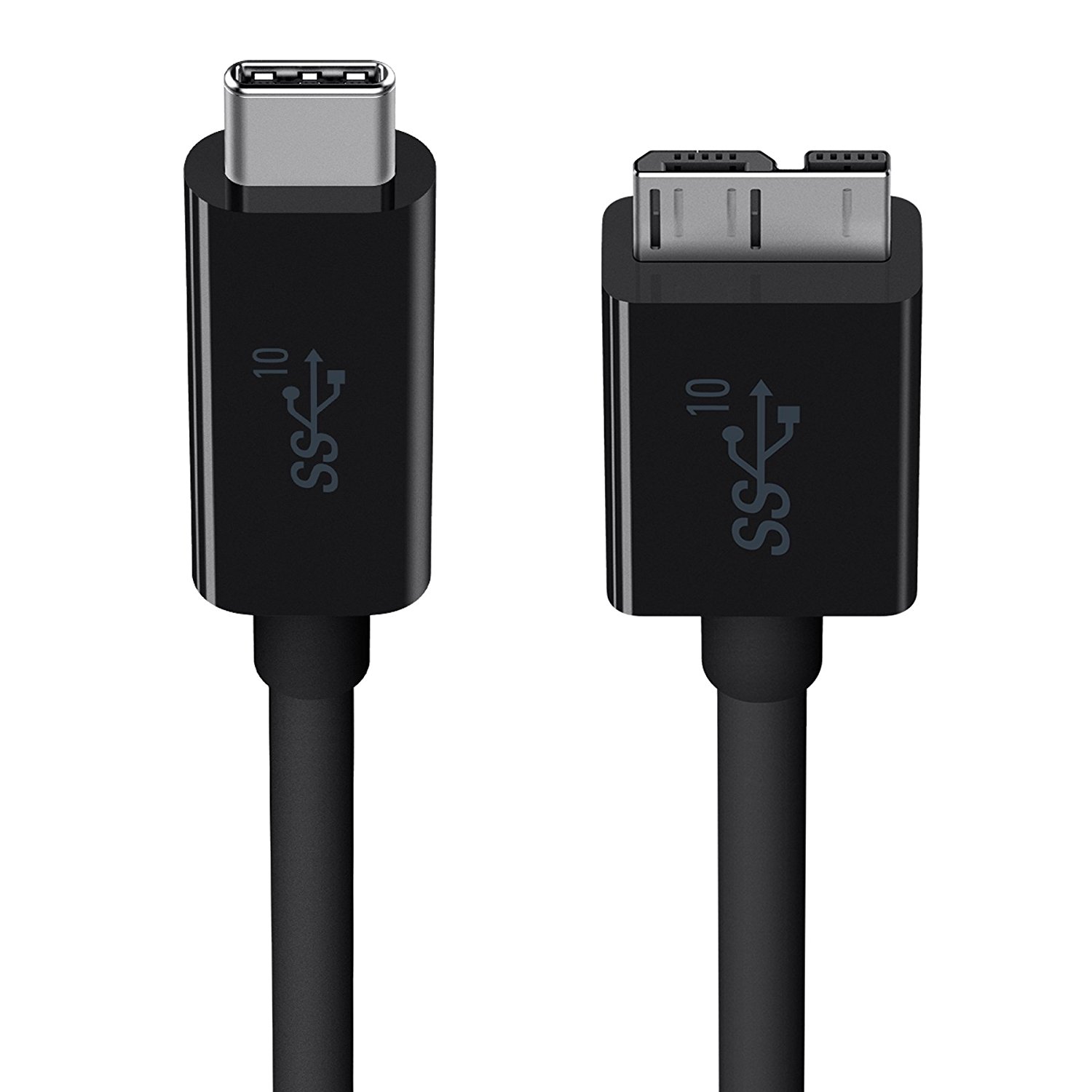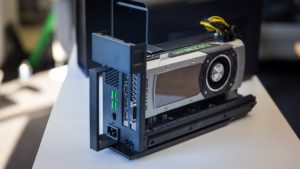USB-C Will Become Standard in Cameras
This one is a bit more complex, but go with me here. I work in video production and I’m hoping my hunches are right.
Most if not all cameras include some sort of Micro or Mini USB as well as HDMI, typically a compromised Mini or Micro-HDMI, flimsy, and a weak point on many small cameras. USB-C would be a more solid connection, while offering faster transfers and power, in both directions.
As cameras move forward in the next few years, most shooting 4K/6k and in higher bitrates, old USB standards will become useless. It may take a while for camera companies to get with the program, waiting for broader adoption in PC and mobile device spaces first.
One cable to send data, both ways, while charging the device. Think of the possibilities here. Once the industry adjusts to this USB future
As for SD Cards
I’m conflicted on this one, as I use SD cards a lot with the cameras I shoot with.
But we are on the cusp of change here as well.
Just look at the new Sony Alpha 7 Mark 3 rumor mill (supposedly using a different format besides SD). Also, cameras shooting 4k out of the box or very high RAW burst rates can be handicapped by SD cards, it’s only a matter of time until we are off to CFAST / XQD and other options like SSD media workflows. I will miss it for now, but I’d trade a baked in SD card slot for that Thunderbolt 3 port, especially when we’re talking about the next 3-5 years.
Cameras with USB-C For Charging and for Sending of 4K/5K Video Streams @ 30z/60hz/120hz
Right now, SD Cards are pretty standard among most DSLR and Mirrorless cameras, for sure. Some cinema cameras such as the C100 and Sony FS5 as well use SD cards. Although most higher end cameras use CFast or proprietary media. Depending on your setup, some people record to SSDs directly. But this is besides the point.
Consumer cameras will stick with SD perhaps, but a growing number of cameras will no longer use SD cards. We are accelerating into an era of 4K/6K/8K and unlimited raw burst cameras with very high bitrates.
We will have SD, Micro SD, Compact Flash, CFAST, XQD, SSDs, and other formats.
















